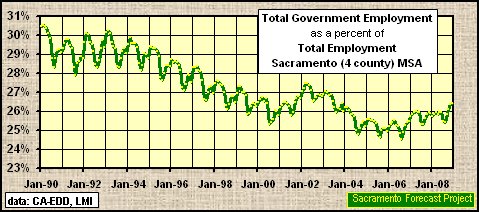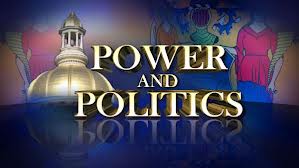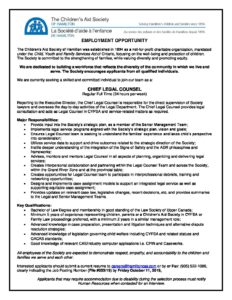Opposing beliefs about the 2nd Modification are each extensively misconstrued (S. Cornell, “A Well-Regulated Militia: The Founding Fathers and the Origins of Gun Control in The usa,” p2 a lot more citations beneath).* Initially, neither personal defense nor states-legal rights had been intended: only defending towards invaders. In founders’ minds was the minutemen militia. However, “the minuteman excellent was considerably much less individualistic than most gun legal rights men and women think, and considerably a lot more martial in spirit than most gun regulate advocates realize” (2). Constitutional originalism would call for all citizens to personal today’s assault weapons!
Nowadays, “regulation” is mistaken as negating “rights.” The colonists, in its place, thought that “liberty without having regulation was anarchy” (3), and that unregulated armed teams had been not a militia but a “rabble” (19). Militias existed for concern of a (nationwide) “standing army” (19) that could over-operate states legal rights. Second Amendment fear of disarmament reacted to pre-Revolution British makes an attempt, not a make a difference of safeguarding the proper of individual self-defense.
When the originalist common militia was changed by the Nationwide Guard and law enforcement, citizens no for a longer period wanted arms for the militia. And no early state structure shielded ownership for own defense, or for “well-controlled society” (33). (Searching was a correct by “common law” inherited from the British). “A single constitutional theory emerged, linking the appropriate to preserve arms with the obligation to bear them for typical defense” (24) i.e., “the excellent of effectively-controlled liberty” (27).
Later, the stability of electricity between states and national government established tensions. “Federalists” like Washington and Hamilton favored sturdy countrywide govt Jefferson and S. Adams (afterwards known as “Democrat-Republicans”) favored a unfastened confederation of states with the militia as an different to a Nationwide army.
The Federalist Papers (Hamilton, Madison, Jay) argued that “the general performance of the militia in the Revolution. . . that approximately ‘lost us our independence’. . . shown that ‘the great physique of yeomanry [civilians]’ had been unwilling to submit to the degree of regulation vital ‘to purchase the degree of perfection which would intitle [sic] them to the character of a properly controlled [sic] militia” (48). Especially feared, “the futile efforts of people and localities that could possibly ‘rush tumultuously to arms, without live performance, without process, devoid of resources’. A very well-controlled militia . . . was not an armed mob” (49).
The record of “mobs” calling themselves “militias” designed into “popular radicalism” (76f): (e.g., Shays, Whiskey, Fries’s Rebellions) to “mobs and murder tests the restrictions of the ideal to bear arms” (110-30 e.g., Fort Rittenhouse siege, 117) and to disputes in excess of 1812 War militias (130-35). All show hazards of unregulated militias, particularly present day “militia movements” (Wikipedia, Reserve factors of the US Armed Forces).
Post-Civil War observers mentioned a new spirit of US individualism (138f), and it associated guns. They had been carried to secure towards freed slaves and for private quarrels (139). Hid weapons (dirks, bowie knives, pistols, cane swords) became popular, specially in the south and (new) west. Thus arose an “aggressive concept of self-defense” that turned ” ‘every person into an avenger, not only of wrongs basically committed . . . but rends him swift to drop blood in the really apprehension of an insult’ “ (140). Proliferating weapons intensified collective violence. “The major targets of this violence, African-Us residents, abolitionists, Mormons, and Catholics, ended up regarded as outsiders in American society” (140).
Point out laws, generally about concealed weapons (141f), resulted. One courtroom circumstance led to the “orthodox lawful view” that weapons without the need of use in military services preparedness were being not constitutionally protected and, so, states could control pistols or other weapons in a perfectly-regulated militia (146). Community outrage in Kentucky above an additional court selection (considering that negated) usefully reminded that the first independence to bear arms was to reduce governing administration from disarming local militias (144f) and in Massachusetts, that “the people’s correct to be free of charge from the danger of violence took precedence around the individual’s appropriate to arm himself” (149) the right to be no cost from armed aggression.
Conflicting interpretations of the 2nd Amendment more than record exhibit conclusively that particular understandings (theories) of the suitable to bear arms are not verified outside of evolving authorized theory and as a result courts. Some theories keep to an 18th century concern of standing armies and National authorities. For others, militias have provided way to police and National Guards. Nevertheless, in legal history the suitable to bear arms has constantly involved regulation!
With the U.S. overflowing with guns, defending well-controlled liberty and the suitable to be free from gun violence warrants considerably a lot more thing to consider in civic debates. “Gun legal rights ideology has fostered an anticivic [sic] eyesight, not a eyesight of civic mindedness. In this ideology guns are largely viewed as a signifies for repulsing authorities or other people citizens, not a means for producing a widespread civic culture” (214).
*See, also, H Richard Uviller, The Militia and the Appropriate to Arms, or How the Next Amendment Fell Silent. Detractors must 1st check with these authorized histories.
Thomas A. Regelski is an emeritus distinguished professor at the Point out College of New York at Fredonia.













More Stories
Disastrous Ronna McDaniel Finally Gains a Worthy Challenger for RNC Chair – RedState
Things To Know About Bicycle Injuries
Subnational Solutions to Deforestation on Display at COP27